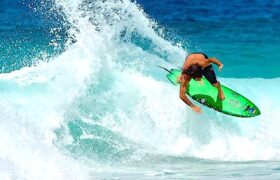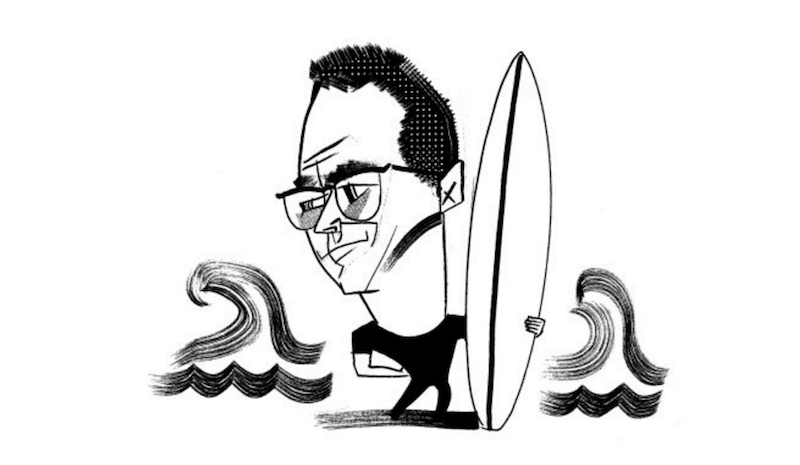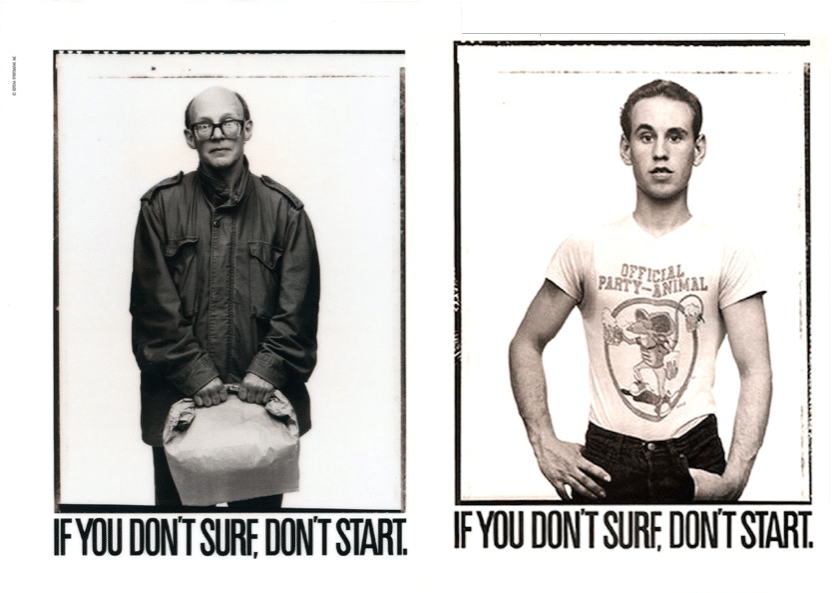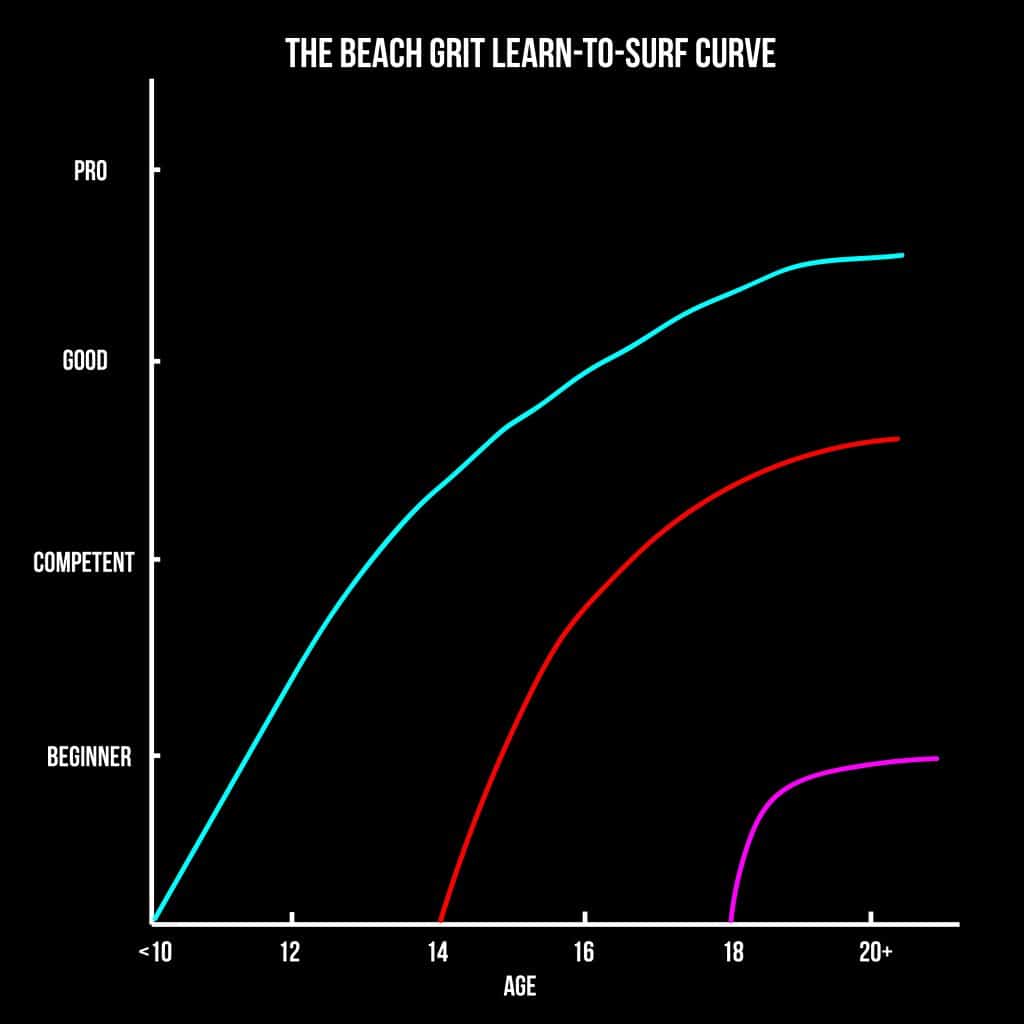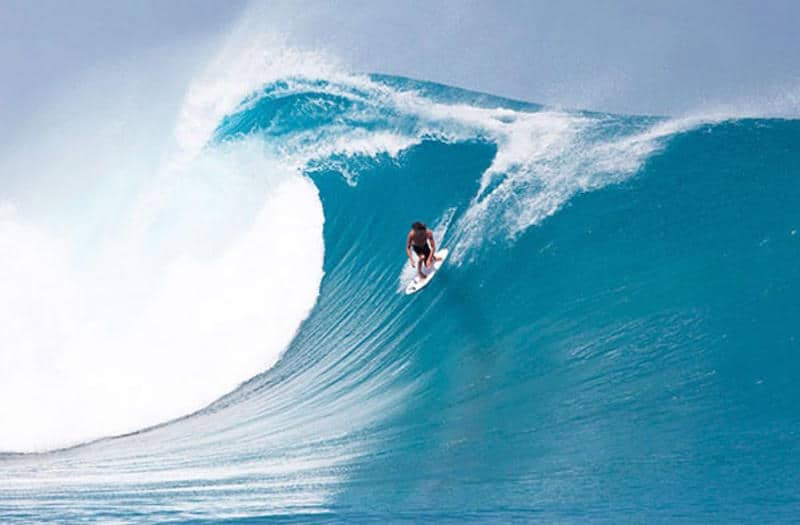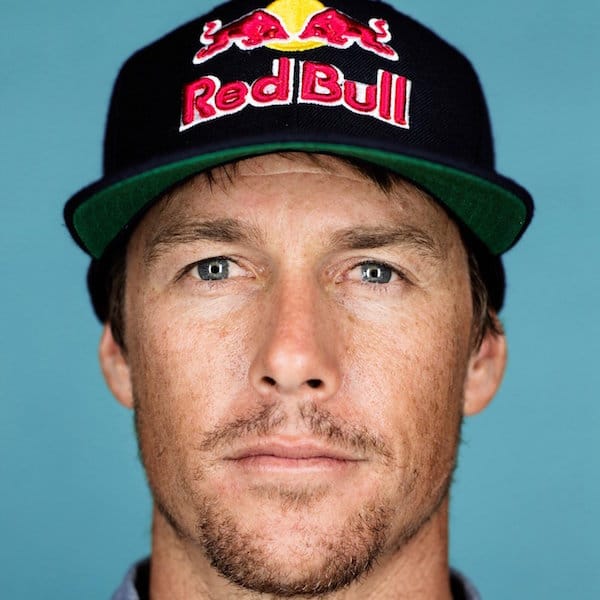Or when is the precise moment we should commit surfing seppuku?
Since today is officially Matt Warshaw Day (he is the New Yorker Talk of the Town!) let us continue to discuss him in all of his glory!
Tucked into the New Yorker profile it says this about Matt’s surfing:
Warshaw is fifty-six. Moving to Seattle from San Francisco, several years ago (his wife works for Amazon), forced him to give up his habit of surfing more or less every day. Also, he’d grown weary of witnessing his own physical decline in the water. “After forty years, I let it go,” he said. “It’s embarrassing. Now I’m a walker. I count steps on my Fitbit.”
And we’ve spoken about this together on a few occasions. In reality, he hasn’t actually “let it go” or at least I don’t think, but has reorganized priorities and only surfs on specific surf vacations instead of trying to grind out little nuggets in the unforgiving Pacific Northwest.
He has, in any case, committed surfing seppuku.
Of course you are aware of this Japanese samurai act but let me refresh your memory. The samurais lived by a severe code of honor, so much like surfers, and if their honor was compromised in some way, say losing in battle or embarrassing themselves, they would commit seppuku. My favorite new source Wikipedia describes as such:
The ceremonial disembowelment, which is usually part of a more elaborate ritual and performed in front of spectators, consists of plunging a short blade, traditionally a tantō, into the abdomen and drawing the blade from left to right, slicing the abdomen open.
Matt Warshaw has done well and right by our code in admitting, publicly in the most esteemed source, that he is embarrassing and now counts his steps for exercise. Surfing seppuku.
My question is, what is the exact moment of physical decline that a surfer should no longer enter the water on a surfboard? When he regularly drags his knee on the pop? When she gets a stiff back while waiting for sets? When he can’t catch a wave on anything other than a 8’6? When she can only glide in a straight line?
Is there an exact age or is it more a state of mind?
And should friends encourage surfing seppuku from their aging friends?


